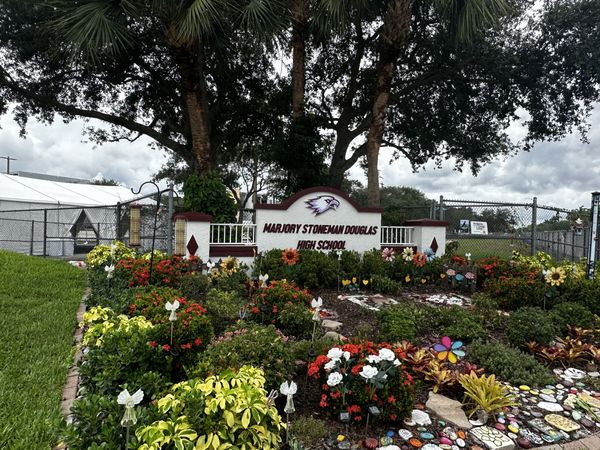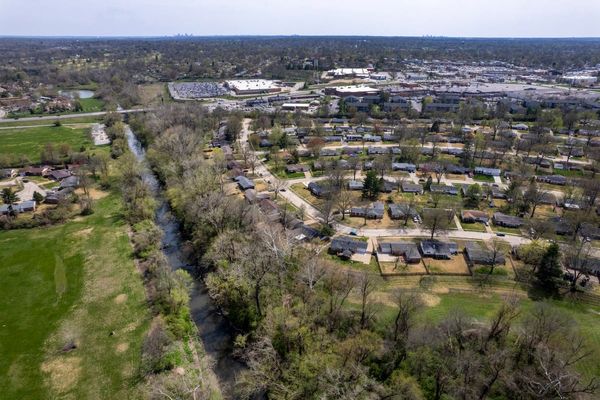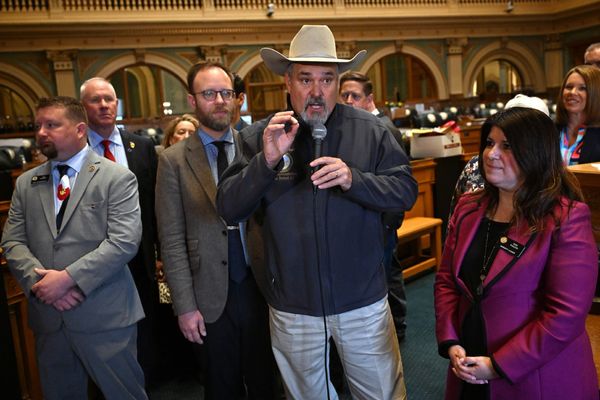
The Snowy River has been robbed of water for the past 20 years under a bizarre and failing agreement to restore the iconic waterway, environmental scientists say.
New research by the Australian National University says the country's first large-scale river restoration program is a sorry story of neglect, with the depleted waterway only receiving two thirds of the water it should have.
Scientists also failed to find any evidence that key environmental outcomes have been achieved.
The research has dismayed but not surprised members of the Snowy River Alliance who waged a passionate campaign in the 1990s to rescue the river after the Snowy hydro power and irrigation scheme cut natural flows by 98 per cent.
"They used to call it the Snowy gutter. Because that's all it was. It was shocking," alliance leader Vickii Wallace says.
While the river is undoubtedly better than it once was, she says there is a yawning gap between what was promised and what's been delivered.
ANU Professor Jamie Pittock and colleagues analysed what happened after the federal, NSW and Victorian governments signed a deed in 2002 to govern water releases from the hydro scheme back into the river to restore its health.
At that time all three governments owned the Snowy scheme, which is located in NSW. These days Snowy Hydro Ltd is wholly owned by the federal government.
Prof Pittock says a panel of scientists advised the governments that restoring flows to 28 per cent would provide "a large degree of restoration for the flora and fauna of the river".
The governments only agreed to 21 per cent, due to concerns that power production might fall too much, with a vague suggestion releases might get to 28 per cent in the future.
But even 21 per cent hasn't been achieved.
"It's only received about two thirds of what it was supposed to," he says.
"And the deed includes these weasel words about further increasing the restoration from 21 per cent to 28 per cent, which has never been triggered because there isn't actually a trigger in the deed to do it."
The ANU also failed to find any evidence that four of the five objectives outlined in the deed had been achieved, or even properly monitored.
They included intentions to to restore river connectivity for migratory species, ensuring flushing flows, and improving triggers for fish spawning.
"We can't find any evidence that the governments have monitored them, or reported any improvement.
"They haven't commissioned any scientific research to assess them. And we didn't find any scientific evidence in the literature that they had been improved."
In addition, a dedicated scientific committee that should have been providing advice about how much water to return each year did not exist for 13 years.
Prof Pittock says there's an urgent need to review the deed, which does not have an expiry date, and "bizarrely" does not contain any review clauses.
"So unless one of the governments actually shows some initiative, we're stuck with a 20-year-old, failing agreement that's been made even worse, as each year passes, with the impacts of climate change."
Prof Pittock says the decision about how much water to put back into the Snowy River legally rests with the NSW government and that's been the case since the deed was signed.
AAP asked NSW Water Minister Kevin Anderson if he would push for a review of the deed and whether he accepts it failed to keep its promises.
The questions were referred to the Department of Planning and Environment, which said: "We welcome the release of the ANU research paper. We are reviewing it in full detail and will prepare a written response."
Ms Wallace also serves as a community representative on the Snowy Advisory Committee, which advises the NSW Water Administration Ministerial Corporation on the timing and pattern for releases into the Snowy River.
She hopes the ANU research might finally prompt someone in government to step up and fight for what was promised 20 years ago.
The most crucial one in her view is to finally achieve water releases equivalent to 28 per cent of the river's natural flows.
"That is the bare minimum that expert panel had recommended for the Snowy to get off its knees."







